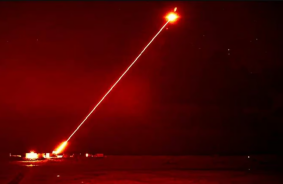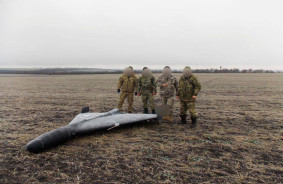Chinese researchers have learned to utilize the radiation emitted by the Starlink satellite network to detect aerial targets.
Stealth aircraft like the F-22 and F-35 are designed to evade conventional radar systems; however, they can still be tracked from space. Chinese scientists leveraged Starlink satellite signals to identify such stealth targets during a radar experiment conducted in the South China Sea.
In the experiment, a DJI Phantom 4 Pro drone was employed to simulate a stealth aircraft. The radar cross-section of the drone closely resembled that of an actual stealth fighter's signature. Instead of relying on ground-based radars, the drone was detected by analyzing electromagnetic signals from a Starlink satellite orbiting over the Philippines.
The detection method is based on direct scattering, where an object, such as an aircraft or drone, intersects the electromagnetic waves from the satellite, creating slight signal perturbations that can be recorded and analyzed to ascertain its location. This technique does not require the radar to emit signals, making it challenging for adversaries to detect or jam it. The experiment was able to capture fine details of the drone, including rotor movements, despite challenges like the small antenna and low altitude.
The researchers utilized an undisclosed algorithm and an unnamed high-performance processor to process the captured signals. Although the method is still under development and not yet ready for military application, the technology demonstrates potential for detecting aerial targets.
With more than 6,000 satellites in orbit, the Starlink satellite network serves as a vast source of high-frequency signal radiation, ensuring extensive coverage. While these signals are encrypted and inaccessible to consumers in China, the research team managed to construct a receiver using commercially available components to capture and process the necessary data for the experiment.
Stealth aircraft evade radar detection by employing special materials and shapes that minimize electromagnetic wave reflection. Drones are typically too small for conventional radars to detect them. However, the Chinese experiment showed that using external satellite signals helps bypass these measures, allowing for detection of such aircraft irrespective of their design. This experiment is part of China's efforts to enhance its capabilities in countering aerial threats.
Sources: South China Morning Post, Tom's Hardware














Comments (0)
There are no comments for now